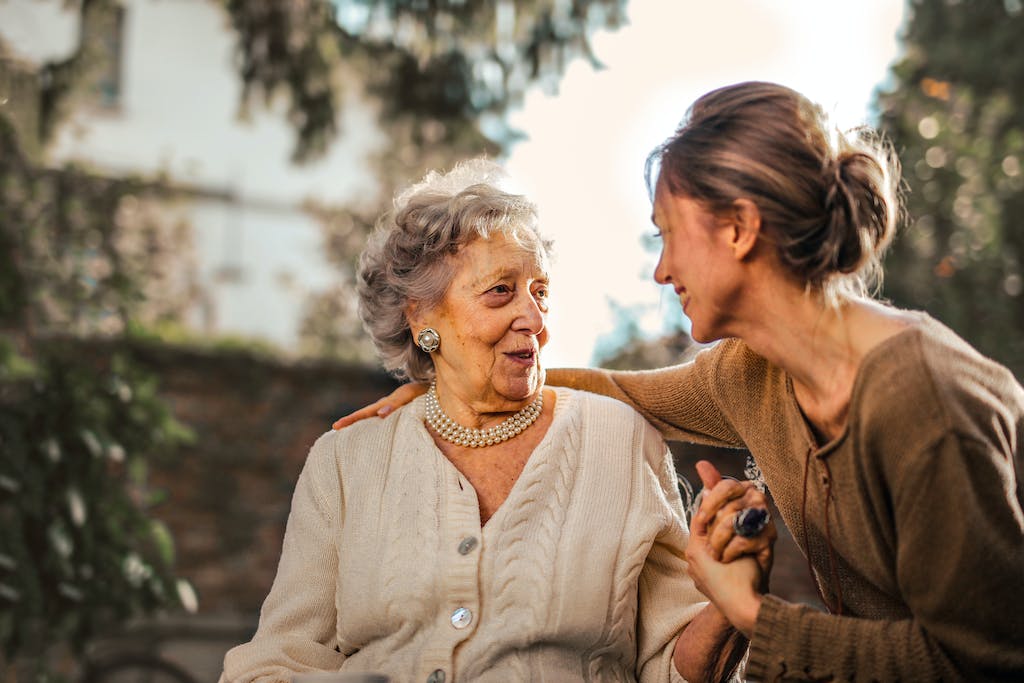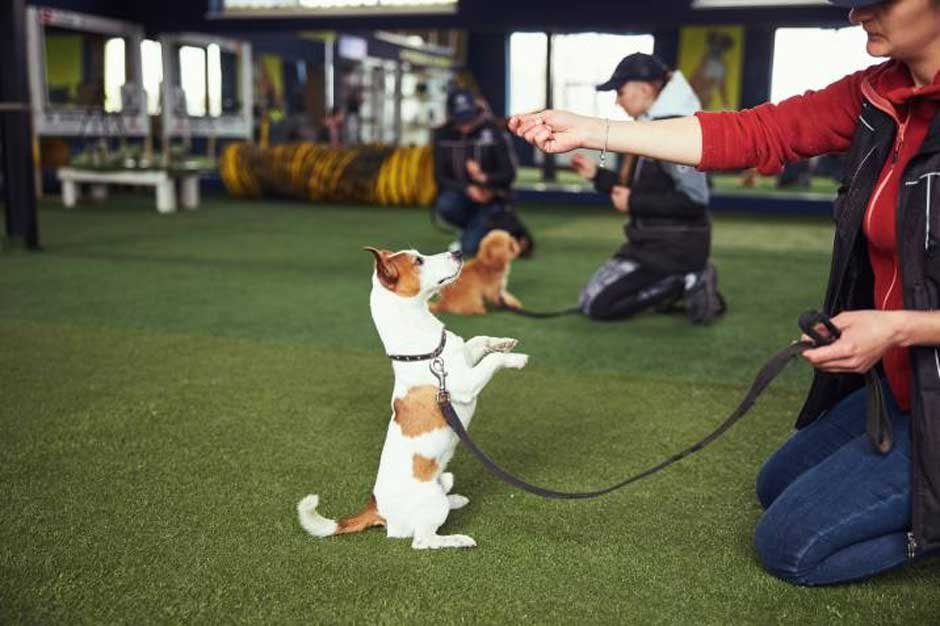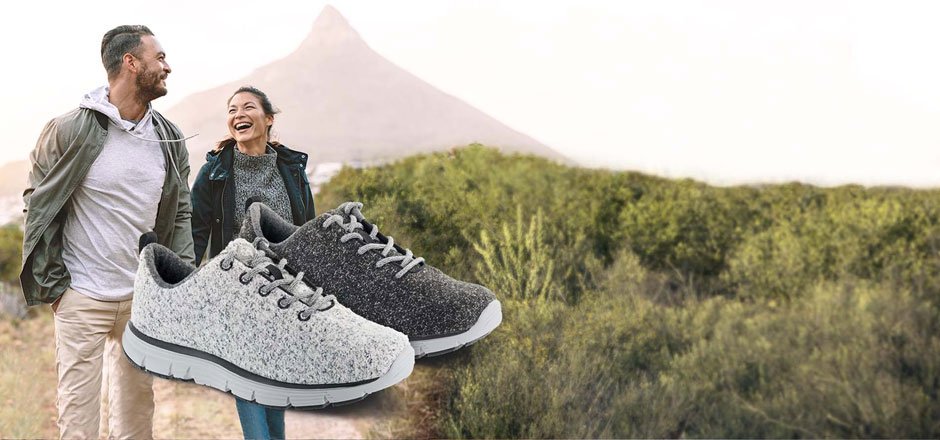50 Fall prevention tips for elderly

Falls are a major threat to the health and independence of older adults. Over 3 million older adults go to emergency departments for fall injuries each year in the U.S. Falls can lead to broken bones, head injuries, hospitalizations, loss of functionality, and even death. The financial toll is also immense, costing over $50 billion in medical costs annually.
Thankfully, evidence shows that falls are preventable through various interventions targeting risk factors. This article provides tips and strategies older adults can take to reduce their risk of falling. Implementing even a few of these recommendations can greatly improve safety and allow older adults to remain active and independent.
Fall prevention tips for the elderly
- Wear shoes both inside and outside the home. Going barefoot or wearing only socks increases slipping hazards. Shoes should have non-skid soles and fit securely.
- Install bright motion sensor lights outdoors to illuminate walkways at night.
- Paint a contrasting color on outdoor curbs and edges of steps.
- Carry a cellphone when you walk so you can call for help if needed after a fall.
- See an occupational therapist to evaluate home safety issues and recommend assistive equipment.
- Purchase a personal emergency response system to call for assistance after a fall.
- Avoid using step stools and ladders. Ask for help retrieving items instead.
- Do not attempt hazardous household chores alone like washing windows.
- Install easy touch light switches near room entrances.
- Apply anti-slip tub and shower treads to prevent slipping.
- Mount grab bars near toilets and both inside and outside showers.
- Use a raised toilet seat if low seats are difficult to rise from.
- Add railings on both sides of exterior entrance stairs.
- Remove door thresholds greater than 1⁄2 inch high to prevent tripping.
- Arrange furniture to create wide, clear walkways without obstruction.
- Keep frequently used items in easy to reach locations to avoid overexertion.
- Sit down to put on pants, socks, and shoes to improve stability.
- See an optometrist at least annually to update prescriptions if needed.
- Keep a flashlight with fresh batteries by the bed in case you need to get up at night.
- Participate in community fall prevention exercise classes to improve mobility.
- Install a raised garden bed for safer outdoor gardening without bending excessively.
- Carry prune juice or snacks to avoid low blood sugar while running errands.
- Learn safe techniques to get up after a fall to avoid further injury.
- Consider installing a stair lift if excessive stair use poses challenges.
- Schedule an annual medication review with a pharmacist to prevent interactions.
- Drink at least 6-8 glasses of fluid daily to prevent dehydration.
- Stand up slowly and steady yourself if feeling lightheaded or dizzy.
- Set up automatic bill pay and mail services to reduce errand frequency.
- Have vision reassessed twice a year as changes can happen rapidly.
- Volunteer for daily safety check-in calls though local aging agencies.
- Distribute weight evenly and wear sturdy, supportive shoes when standing.
- Consider ordering groceries online for delivery to avoid carrying heavy bags.
- Make entrances wheelchair accessible by installing ramps and widening doors.
- Use a cervical pillow and supportive mattress to reduce neck and back pain contributing to stiffness.
- Consult an endocrinologist to screen for osteoporosis which increases fracture risks after falls.
- Install brightly colored railings on both sides of all stairwells for support and visibility.
- Place cords out of walkways and anchor with ties to avoid tripping hazards.
- Put cushions, small pillows, or folded blankets on hard seats before sitting to facilitate rising.
- Set up transportation assistance like paratransit or local senior busing for essential errands.
- Join a brain health program through a senior center to maintain cognitive skills.
- Volunteer for a research study on new fall prevention approaches to access innovative ideas.
- Schedule annual physical and occupational therapy evaluations to establish exercise plans.
- Practice standing on one foot while brushing teeth to improve mobility and confidence.
- Learn squares dancing at a senior center to improve mobility, social connection, and brain function.
- Grow cat grass or catnip indoors to entice cats away from congregating near walkways.
- Place color contrast tape along the edges of outdoor steps and landings to define changes underfoot.
- Install automatic night lights throughout hallways and rooms to brighten pathways after dark.
- Apply bright color contrast paint between stair treads and risers so depth perception changes are visible.
- Volunteer alongside youth groups doing home safety modifications to add railings while engaging socially with younger generations.
- Get annual podiatry evaluations to assess foot pain, nail care needs, orthotics, and problematic footwear needing improvement.

Assessing Your Risk
The first step towards fall prevention is evaluating your personal risk factors. Rather than having a single cause, falls frequently have multiple intersecting causes. As we age, we accumulate more risk factors that make falls more likely. Common risk factors include:
Intrinsic Factors
- Advanced age
- History of previous falls
- Impaired mobility from conditions like arthritis or stroke
- Muscle weakness
- Poor balance and coordination
- Vision problems
- Foot pain or improper footwear
- Cardiovascular conditions
- Side effects of medications
Extrinsic Factors
- Slippery floors
- Poor lighting
- Clutter blocking walkways
- Uneven pavement outdoors
- Lack of grab bars and railings
If several of these factors apply to you, your odds of falling are higher. Proactively discussing fall risks with your doctor is vital, especially if you are over 65. Your doctor can check that medications are not interacting poorly, order vision/balance tests, refer you to specialists, and help design a personalized fall prevention plan.
Exercise to Improve Strength and Balance
Lack of physical activity is a major modifiable contributor to falls. Muscle strengthening and balance training are crucial to offset the natural loss of muscle mass (sarcopenia) and nervous system function from aging. These evidence-based programs can reduce fall rates by over 50%:
Tai Chi: Tai chi is a low impact, relaxing form of martial arts consisting of slow flowing motions. Studies show tai chi improves stability, muscle strength, flexibility, and reaction times.
Otago Program: The Otago Exercise Program utilizes strength and balance retraining tailored for each individual. It involves a warm-up, strength training, a walking plan, and balance exercises.
Ask your doctor about participating in accredited group classes for these programs. If you have limited mobility, request a physical therapy referral for personalized in-home training. Adequate vitamin D and calcium intake also helps muscles and bones stay resilient to falls.
Remove Home Hazards
Over half of all falls take place inside the home. Conducting a safety assessment of your living areas is crucial. Have a family member or home health aide assist if needed. Key areas to check include:
Floors: Remove loose rugs and ensure carpeting is firmly attached. Avoid waxing floors to prevent slips. Install non-slip mats in the kitchen and bathrooms. Pick up items like books and clothes cluttering walkways.
Lighting: Increase lighting throughout the home, especially at the top and bottom of stairs. Replace bulbs as needed and use maximum appropriate wattage.
Stairways: Fix loose or uneven steps. Paint a contrasting color on the edge of steps for better visibility. Ensure sturdy handrails run the entire length of both sides of the stairs.
Bathrooms: Install grab bars near tub/shower and toilet. Use non-slip mats and shower chairs. Mount night lights.
Hazards outdoors like cracked sidewalks should also be reported and fixed. Getting vision checked annually and updating eyeglass prescriptions helps safely navigate environments. Recruit family members to assist with household chores like changing lightbulbs. Seeking assistance ensures hazards get addressed rather than ignored.
Review Medications
Medications are implicated in over 30% of falls requiring hospitalization. Medications that list dizziness as potential side effects like sleep aids, antidepressants, sedatives, and diuretics can impair balance and coordination.
Go through all medications with your doctor or pharmacist with a focus on safety. Eliminate unnecessary medications or reduce dosages if feasible. Adjust timing so peak effects do not overlap. Note if falls occur close to taking certain medications and discuss options. Electronic medication dispensers helped with compliance taking the right dosage at the right interval.
Address Fear of Falling
After an initial fall, developing a fear of falling again is understandable. However, self-limiting activities out of this apprehension actually increases future fall risk by further reducing mobility. A physical therapist can build customized exercise programs to gently restore strength, flexibility and confidence. Just going on short supervised walks or through fall recovery exercises makes a major difference long-term.
Participating in group exercise like Tai Chi around others with similar concerns also helps normalize concerns. Progress may feel painfully slow, but small consistent gains over time add up. Maintaining social connections and talking through fears prevents isolation and further activity limitations. Seeking professional support ensures progress rather than further regression.
Conclusion
Falls can threaten seniors’ safety and independence, but numerous proven interventions reduce risks substantially. From personalized strength programs to home modifications to medication management, small adjustments add up to better health. Not all falls are preventable, but implementing even a few of these recommendations helps elderly adults remain active while significantly decreasing the chances of dangerous falls. Consult your physician if concerned about yourself or a loved one’s fall risk or history. With the right supports, thriving safely at home is very achievable.





